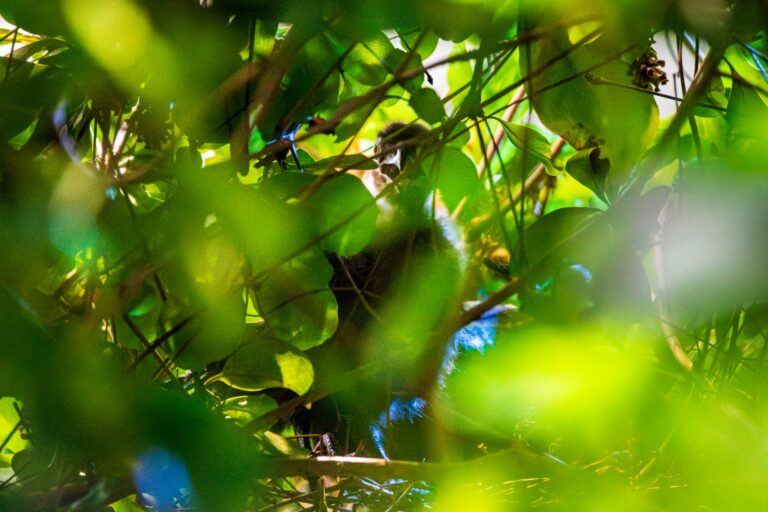Just before the hectic Christmas holiday season, the California Academy of Sciences in San Francisco hatched a unique tropical bird.
The California Academy of Sciences in San Francisco is hosting a Baby Animal Renaissance this holiday season. Until the end of the year, baby animals with hooves (such as reindeer and camels) will temporarily live in the cultural center. But the University of California recently welcomed an amazing baby into its captive wildlife collection. It’s a newly hatched red-crowned night heron.

A press release from the California Academy of Sciences says, “Just a few months after our pair of red-crowned plovers, Skittles and Scarlet, entered the canopy of the Osher Rainforest, a new scurry chick has hatched.” It is written. Although not considered an endangered species, the Red-bellied Plover, like other red-bellied birds, faces population declines due to the climate crisis and deforestation. Found only in Angola’s forests, the habitat of the red-crowned nightbird has been gradually declining at a rate of about 0.25% each year since 1990. Simple calculations mean that the forest habitat occupied by these rare birds has shrunk by nearly 10% in 30 years. Angola’s forests, the most biodiverse on earth, could be halved by the start of this century.
Organized conservation efforts are essential to the survival of these vulnerable species by maintaining colonies of survivors within zoo facilities.

“The new female chicks were hatched as part of the Species Survival Plan (SSP), which helps maintain genetic diversity among populations in human care,” the release continues, adding that the museum’s ongoing collaboration with SSP We emphasize strong partnerships. “At just a few weeks old, she still has dark, downy baby feathers, but thanks to the expert care of Steinhardt Aquarium’s animal health team, she’s quickly grown bigger and stronger. You’ll see this sort of bright rainbow color.”
At the time of publication, the unnamed chick is still on public display within the Osher Rainforest, where its parents are tending to its kaleidoscopic glow and growth.
Featured image: Eyudori chick and its parents. (Courtesy of California Academy)


